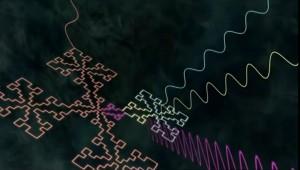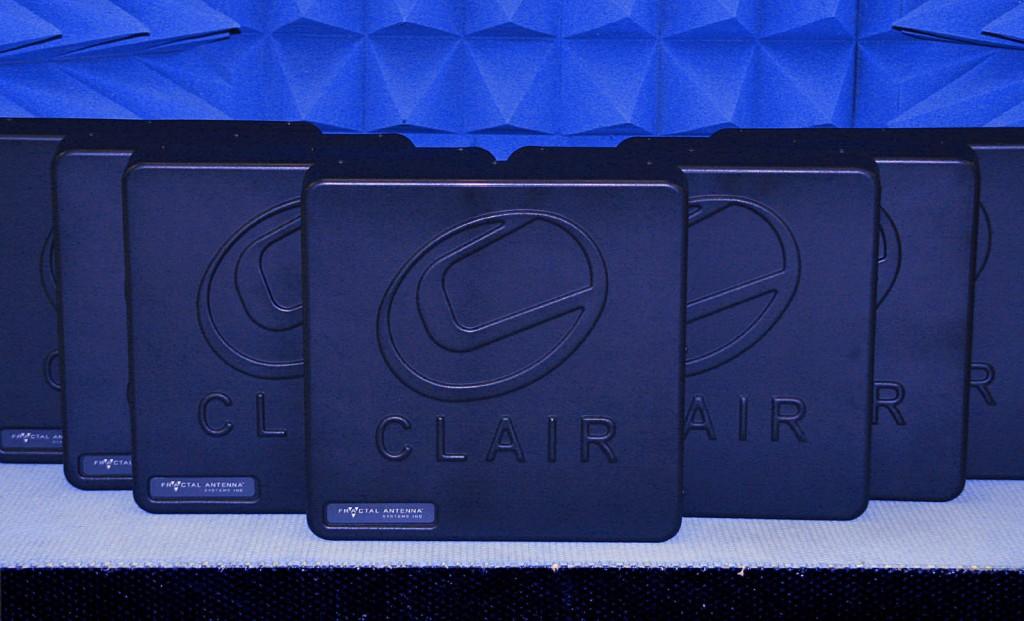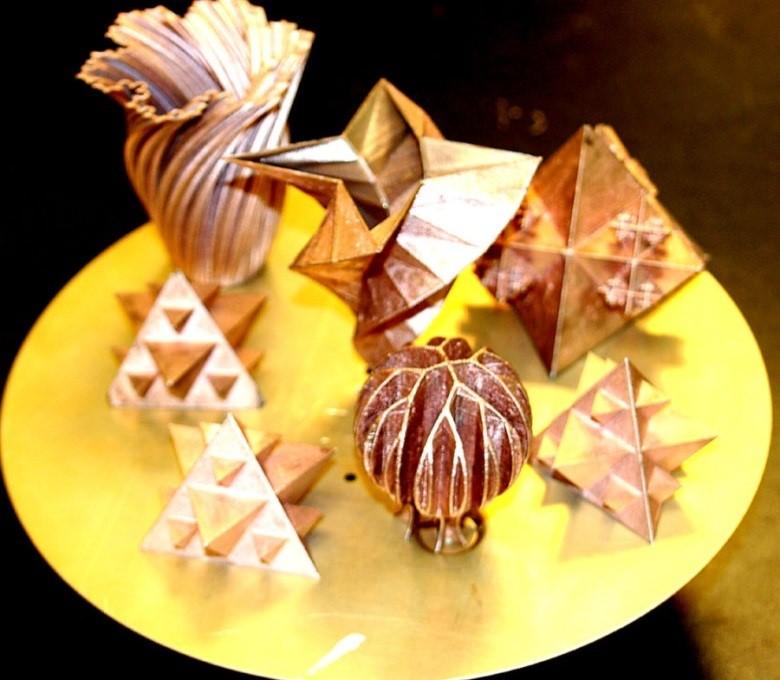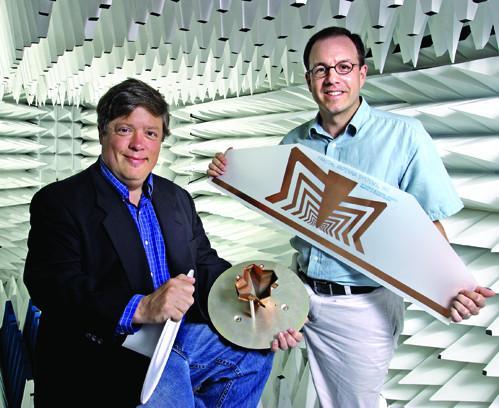A fractal element antenna is shaped using what’s known as fractal geometry, or a “self similar” complex pattern built from the repetition of a simple shape.
It’s the qualities of fractals that enable Fractal Antenna Systems to produce high performance antennas which they say are typically 50 to 75 percent smaller than a traditional antenna.
These FAS antennas feature increased bandwidth, multibandedness, and gain, and the geometry of the conductor is what gives them lower complexity and fewer potential points of failure.
Now FAS has unveiled what they call “the next step in wireless antennas” with their DAS Works Antenna Custom shop. The shop offers an entire team dedicated to the design — and rapid fabrication — of custom antennas for DAS, public safety, and WiFi applications.
“We realize that finding a specialty antenna can become a designer’s nightmare, and cause an overall schedule delay in a DAS installation,” says Nathan Cohen, the Founder of FAS. “FRACTAL can not only solve custom DAS, public safety, and WiFi issues, but we can deliver the antenna in a rapid time frame.”
 Cohen says a “synergistic merger of key technologies” is what makes FAS work. Their fractal antennas and folded antennas, and five years of experience in 3D printing and a proprietary, patent-pending 3D printing technology, means the company can make antenna components in quantities of 5 to 500. According to Cohen, 3D printing offers speed, cost effectiveness, and design flexibility.
Cohen says a “synergistic merger of key technologies” is what makes FAS work. Their fractal antennas and folded antennas, and five years of experience in 3D printing and a proprietary, patent-pending 3D printing technology, means the company can make antenna components in quantities of 5 to 500. According to Cohen, 3D printing offers speed, cost effectiveness, and design flexibility.
Every DAS project design and installation includes a walk-through at the site to determine which parts of a job are special and unique.
The small, unobtrusive, form-factor antennas are favored by designers and installers.
Fractal Antenna Systems supplies products for wireless and electromagnetic applications, and their products are the result of some three dozen US and international patents. The company say they also have dozens of patents pending, and they’ve piled up extensive research and field experience over the course of 20 years in business.
The privately held company is headquartered in Bedford, MA, and they also make related devices such as filters, metamaterials, cloaks, diffusers, and absorbers. The company was founded back in 1995 by Cohen, a physicist and radio astronomer, and he says that experience led him to create a new perspective to design and use fractals in products.
Cohen says his company began by doing military work, but has now diversified into commercial work building metamaterial devices, arrays, and MIMO antennas. He recently gave a talk at the Radio Club of America entitled “3D Printing in Antennas and Electronics.”
He says the company has succeeded as customers ask for something other than standard catalog offerings, and his team’s use of rapid 3D prototyping and 3D printing allows them to go into production in days or weeks rather than the months the process once took.
What do you think of these 3D printed fractal antenna systems? Can you see an application for them? Let us know in the Fractal Antenna Systems 3D Design and Printing forum thread on 3DPB.com.

Subscribe to Our Email Newsletter
Stay up-to-date on all the latest news from the 3D printing industry and receive information and offers from third party vendors.
Print Services
Upload your 3D Models and get them printed quickly and efficiently.
You May Also Like
Boston’s Additive Edge: Inside RLP’s Gravity Free Revolution
Nestled in the historic neighborhood of Charlestown, one of Boston’s oldest waterfront enclaves, Rapid Liquid Print (RLP) is doing something extraordinary: rewriting the rules of 3D printing — without gravity....
AM Can Evolve to Drive Entire Markets, and the Dental Industry is Proof
In an era of challenges to the additive manufacturing (AM) industry, mostly driven by the technology’s relatively high cost at a time when financing production equipment is more expensive, many...
Stratasys and Shin-Etsu to Offer Silicone for Origin DLP 3D Printers
Stratasys announced that P3 Silicone 25A, developed and produced in collaboration with Japanese firm Shin-Etsu, has been commercially launched and is now available for the company’s Origin DLP systems. Shin-Etsu,...
Creality 3D Printing Hits the Catwalk with AMISS for WINGS Independent Fashion Festival
From accessories and shoes to dresses and more, we’ve seen 3D printed fashion hit the runway numerous times over the years. The latest example is by Sydney-based fashion label AMISS,...































